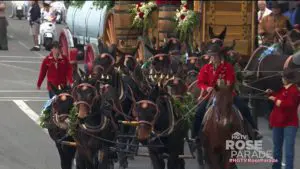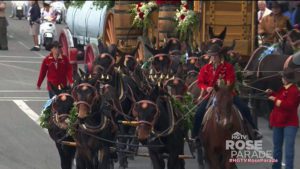 “The passion that Meredith Hodges feels for the equines that she has fought for all her adult life is still as fresh, inspiring and infectious as it was when she first discovered the world of horses, donkeys and mules. She has never wavered in her devotion to them and in her mission to carve a lasting and honored place for them in our world. They are lucky to have her as their champion, but Meredith actually sees it a bit differently. She feels honored and privileged to be a part of their world.”
“The passion that Meredith Hodges feels for the equines that she has fought for all her adult life is still as fresh, inspiring and infectious as it was when she first discovered the world of horses, donkeys and mules. She has never wavered in her devotion to them and in her mission to carve a lasting and honored place for them in our world. They are lucky to have her as their champion, but Meredith actually sees it a bit differently. She feels honored and privileged to be a part of their world.”
View Posts By Category:
Breeding | Donkey Training | Farewells | General Interest
Hearts & Horses | Historical | Interviews | Jasper
Longears People News | Longears Videos | Lucky Three Ranch
Military Mules | Mule Talk! Podcasts | Pack Burro Racing
Showing | Statues & Exhibits | Training | Training Tips
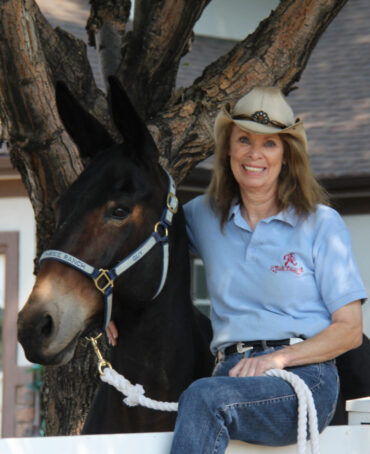
Ground Breaking - Raising the Barn
Hearts and Horses broke ground on a new arena where they will continue to change lives through therapeutic riding. The new arena will be called Lucky Hearts, as much of the funding for the arena was given by Lucky Three Ranch.
Hearts & Horses Virtual Tour
Haven’t made it out to the Hearts & Horses ranch yet? Here’s your chance, thanks to our brand new virtual tour! Discover all of the state-of-the-art facilities designed to heal minds, bodies, and spirits at our 23-acre ranch in Loveland, Colorado.
Latest Podcast
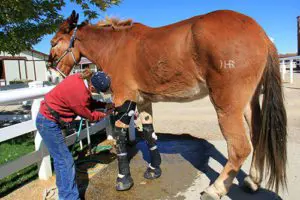
MULE TALK! PODCAST: Rock and Roll: Diary of a Rescue: Part 2
- Hear the amazing story of Rock and Roll – the rescued draft mule team, the discovery of their injuries, and the dedicated team of professionals working hard to give longevity to their lives. There were comebacks and setbacks; this incredible story will touch your heart and soul.
- This episode explains in detail about Roll since the passing of his half-brother, Rock. They spent many years together hitched and pulling a wagon.
Learn more on Mule Talk podcast.
All Posts




MULE TALK! PODCAST: Rock and Roll: Diary of a Rescue: Part 2
- Hear the amazing story of Rock and Roll - the rescued draft mule team, the discovery of their injuries, and the dedicated team of professionals working hard to give longevity to their lives. There were comebacks and setbacks; this incredible story will touch your heart and soul.
- This episode explains in detail about Roll since the passing of his half-brother, Rock. They spent many years together hitched and pulling a wagon.

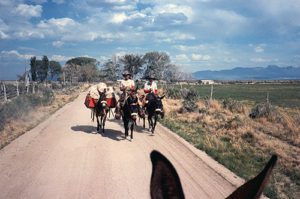
MULE CROSSING: Mule Fever, Part 1
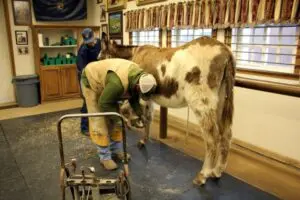

Chasity’s Challenges: Removing Chasity’s Shoes 4-2-20
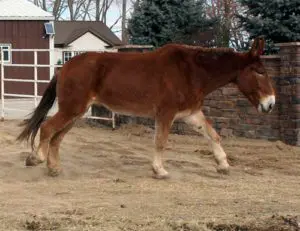


MULE TALK! PODCAST: Rock and Roll: Diary of a Rescue, Part 1
- Learn the details involved when dealing with rescue animals.
- Surrounding yourself with a professional support team for treatment of rescues.
- It's more than just farrier work and supplementing a feeding program.
- Taking X-Rays when needed.
- Keeping records and documenting your work.
- This and more on Mule Talk!



MULE CROSSING: Introduction to Behavior Modification, Part 2
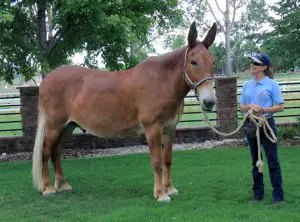



MULE CROSSING: Mule Conformation



MULE CROSSING: Rock and Roll: Diary of a Rescue, Part 1

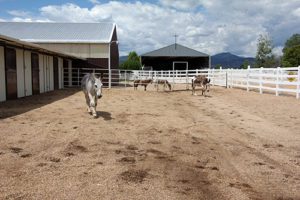

CHASITY’S CHALLENGES: Maintaining a Happy Donkey: 3-2-21
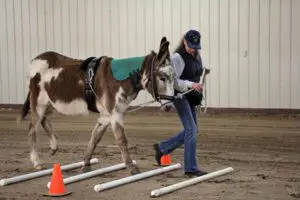
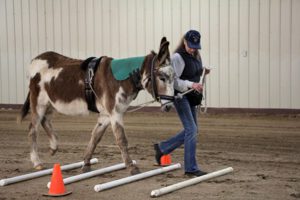

Chasity’s Challenges: Chasity’s First Workouts: 4-1 & 3-20
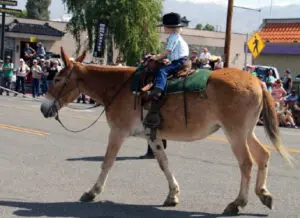


MULE TALK! PODCAST: Suitability of Mules and Donkeys for Children
- Teach your child how to be around equines.
- When choosing an equine for your child, do not choose a donkey jack.
- Do not choose an equine that is an alpha figure in the herd or one with aggressive behavior.
- Choose a mule or donkey with a quiet disposition for your child.
- Encourage children to do tasks around the barn to learn more about their equines' behavior traits.
- Consider giving a homeless donkey, burro or mule a chance to be in your child's ...



MULE CROSSING: Rock and Roll: Diary of a Rescue: Part 2
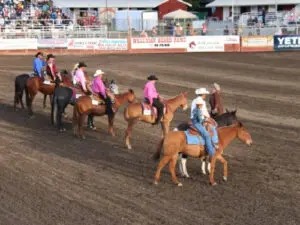


MULE TALK! PODCAST: Conduct and Good Sportsmanship
- The importance of developing a bond with your animal - to gain his trust to perform in the show ring.
- Competition is fun and exciting - develop the winning attitude to compete against yourself and not others.
- A good trainer will train himself, as well as the mule with subtle direction coming from the mule.
- Develop respect for your mule.
- Yes God gave us "dominion" over the animals, but that doesn't make us a King or a Queen over them. We are keepers of our ...


MULE CROSSING: Good Basic Training Includes Common Sense, Part 3
Breeding

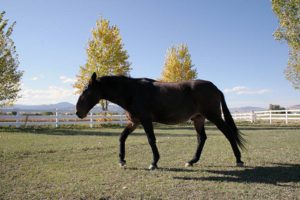
MULE CROSSING: Breeding Quality Mules

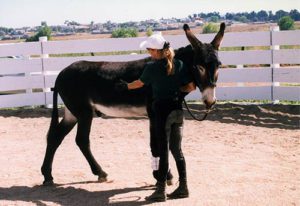
MULE CROSSING: Donkey Jacks

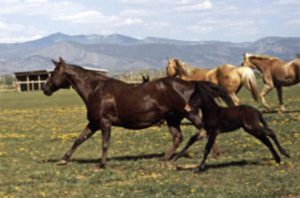
MULE CROSSING: The Mule Foal
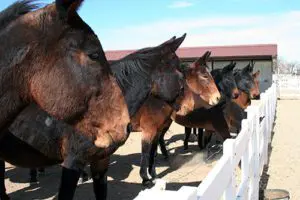
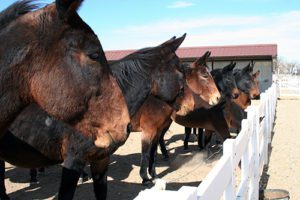
MULE CROSSING: Stubborn As A Mule
Donkey Training



CHASITY’S CHALLENGES: Maintaining a Happy Donkey: 3-2-21



Chasity’s Challenges: Chasity’s First Workouts: 4-1 & 3-20
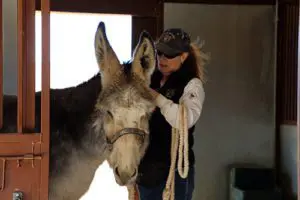
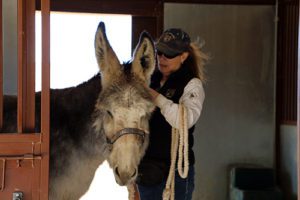
WRANGLER’S DONKEY DIARY: After the Winter Break: 3-29-21

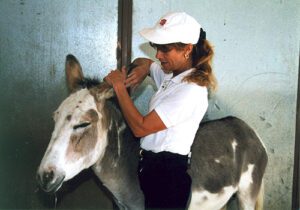
MULE CROSSING: Donkey Training, Part 1

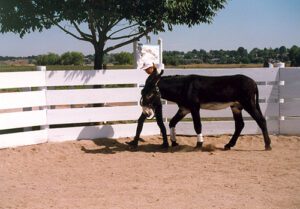
MULE CROSSING: Donkey Training, Part 2

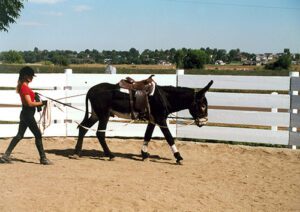
MULE CROSSING: Donkey Training, Part 3

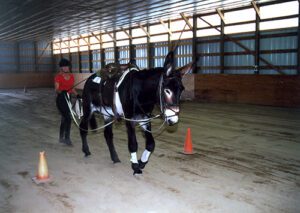
MULE CROSSING: Donkey Training, Part 4

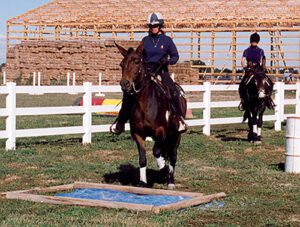
MULE CROSSING: Donkey Training, Part 5

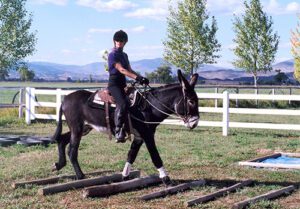
MULE CROSSING: Donkey Training, Part 6

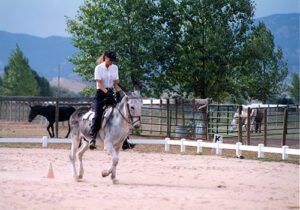
MULE CROSSING: Donkey Training, Part 7

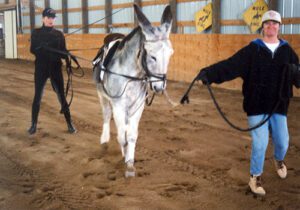
MULE CROSSING: Donkey Training, Part 8

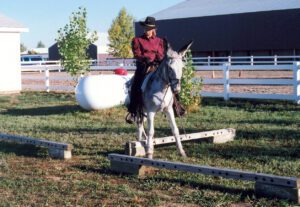
MULE CROSSING: Donkey Training, Part 9

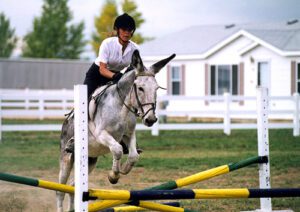
MULE CROSSING: Donkey Training, Part I0

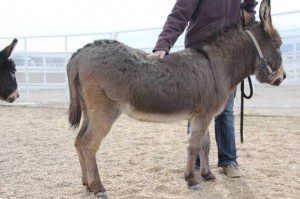
MULE CROSSING: Donkeys: The “Sinking” Reflex

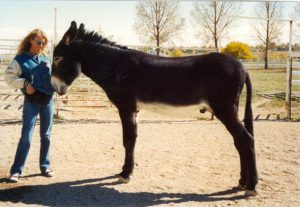
MULE CROSSING: Donkey Talk
Farewells

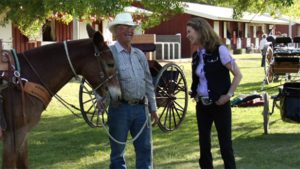
Eulogy to Von Twitchell


Goodbye to Lucky Three Sundowner

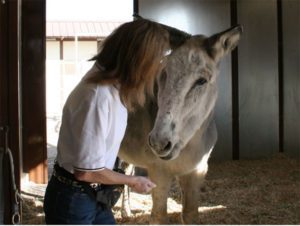
Goodbye to Little Jack Horner

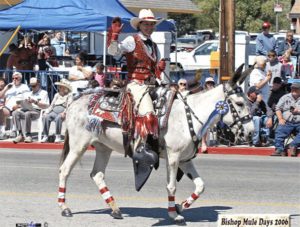
Sad Loss for Longears Industry: Goodbye to Crystal Ward

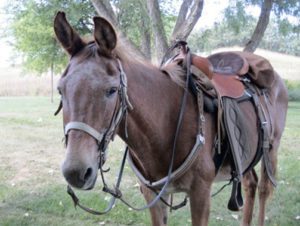
Goodbye to Homer

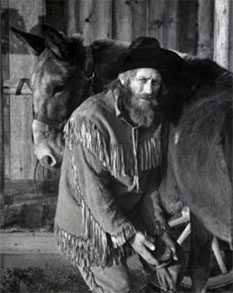
Goodbye to Buddie Stockwell

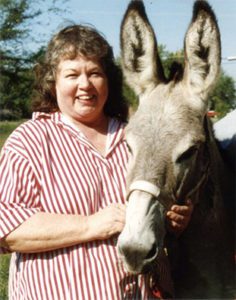
Rest in Peace, Besty Hutchins

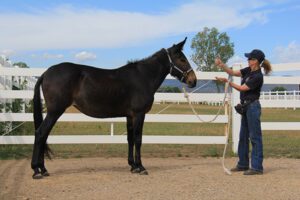
Melinda’s Masterpiece “Lindy”
General Interest

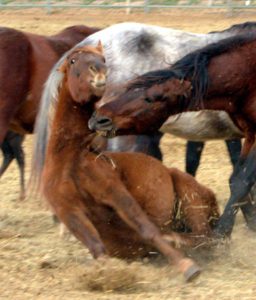
Prey or Predators?

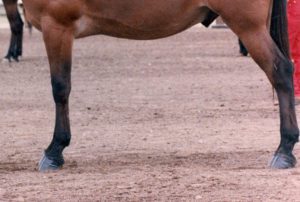
MULE CROSSING: Hoof Differences in Horses, Donkeys and Mules

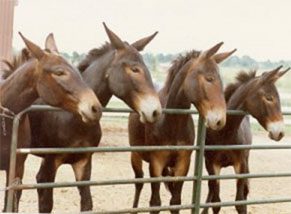
What About Muzzles?

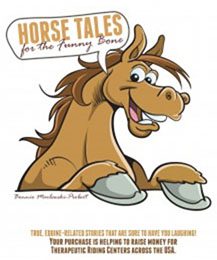
Horse Tales for the Funny Bone

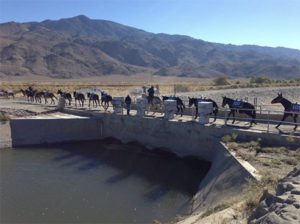
Modern Day Mule Train

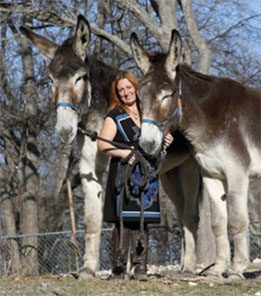
Romulus and Remus, A Big Pair of Asses…

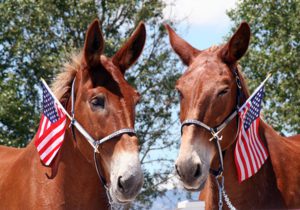
MULE CROSSING: In Appreciation of Mules

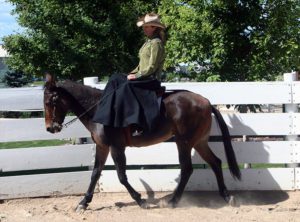
MULE CROSSING: Benefit of Organizational Skills

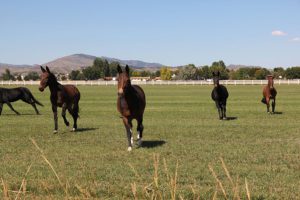
MULE CROSSING: Why Mules Are Exceptional

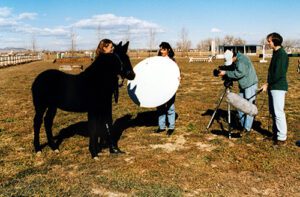
MULE CROSSING: Mule & Donkey Movies & TV Shows
- Does the Lucky Three Ranch participate in filming? Since my parents gave me a Brownie camera when I was five years old, I have been fascinated with taking pictures. They also gave me a diary after I learned to write. When I got older and began my interaction and training with mules in 1973, I always documented those interactions with my mules and donkeys in pursuit of learning the best way to manage and train them. I wanted to give them the best opportunity to exceed ...
Hearts & Horses

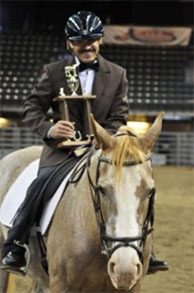
Congratulations to Cliff and Bud!

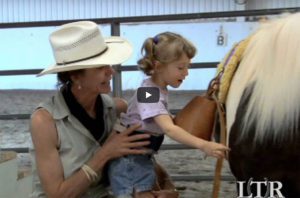
A Sad Goodbye to Our Friend Cliff

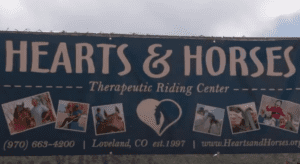
Raising the Barn

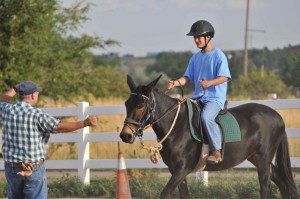
Hearts & Horses Virtual Tour
Historical

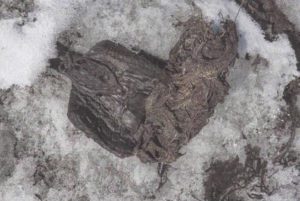
Mule Finds at Theodul Pass


Sybil Ludington: The Female Paul Revere

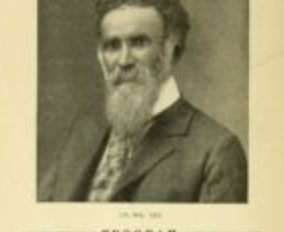
Compassionate Training – A Historical Example

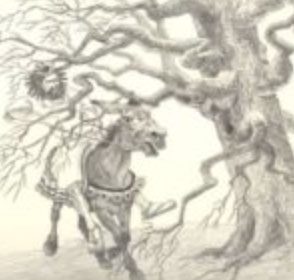
Mules and Donkeys in the Bible
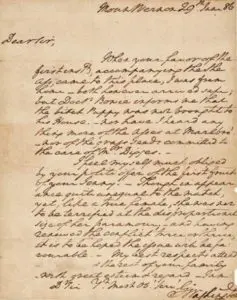
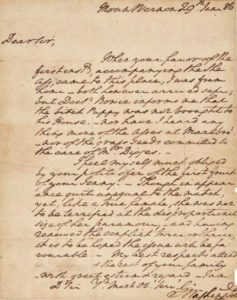
Breeding Letter from George Washington

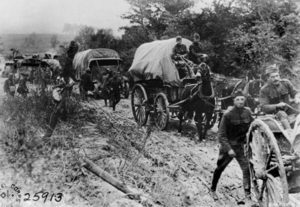
The History of the Missouri Mule
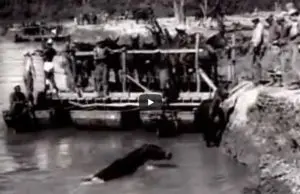

Veterans Day and Longeared Soldiers

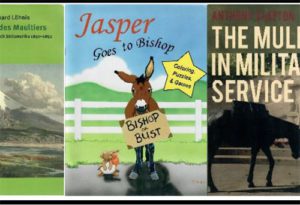
From the SWISS BULLETIN: The Mule Media Archive

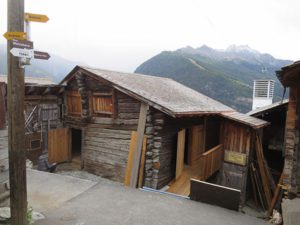
From the SWISS BULLETIN: Project Mule Museum in Törbel

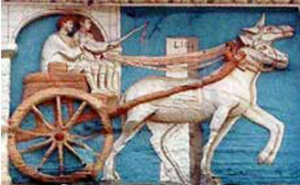
From the SWISS BULLETIN: Evidence of mules in ancient times, Part 1
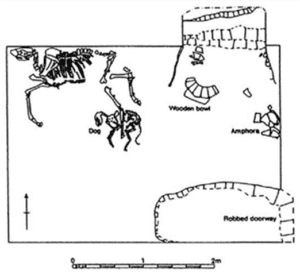

From the SWISS BULLETIN: Evidence of mules in ancient times, Part 2

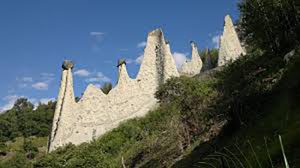
From the SWISS BULLETIN: The Two Mules

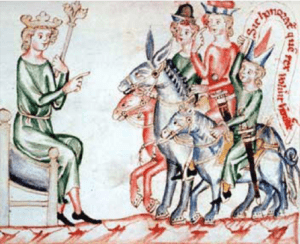
From the SWISS BULLETIN: The Mule as a Workhorse in Antiquity and the Early Middle Ages

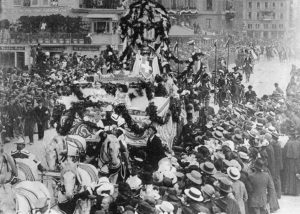
From the SWISS BULLETIN: Opening of the Swiss National Museum in 1898

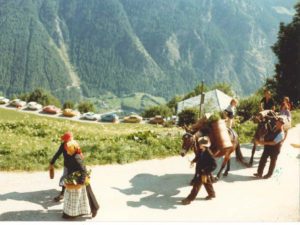
From the SWISS BULLETIN: The last packer of Zermatt Belvedere
Interviews

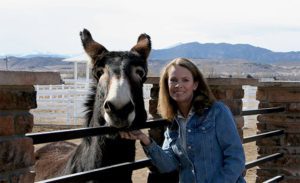
Meredith on Modern Farmer


Meredith on “All About Horses”

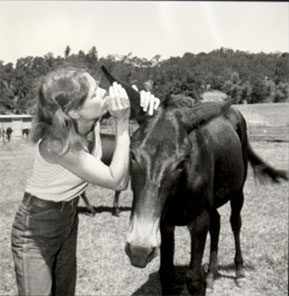
The Mule Whisperer
Jasper

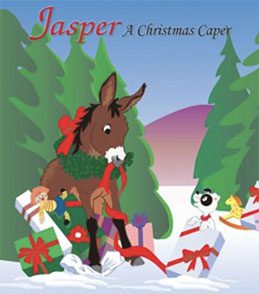
Jasper: A Christmas Caper on Rural TV

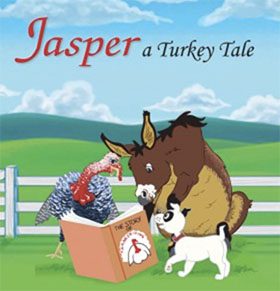
Jasper: A Turkey Tale on Rural TV

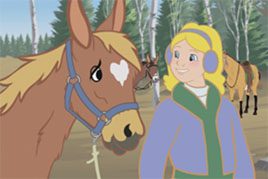
Jasper Wins Telly Awards!
Longears People News

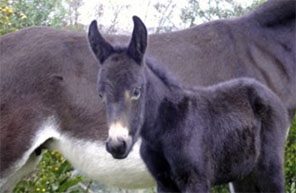
Happy Hinnies!

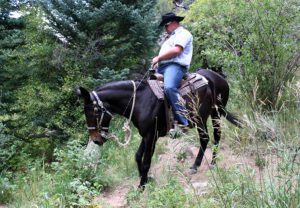
One Size Fits All? Not for Equines

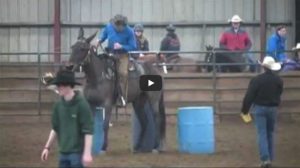
Extreme Cowboy Race Washington


Mule Mama Update

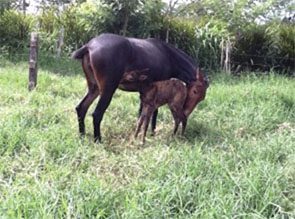
Mule Are Good Mothers, Too!

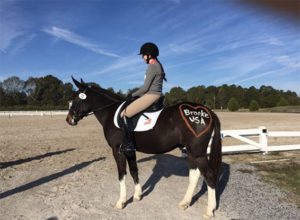
Dressage Mule Slate Helps Spread Awareness of Working Equines

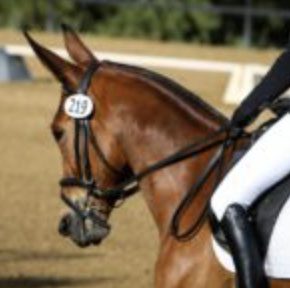
Laura Hermanson & “Behold the Desert” to Compete in USDF Finals

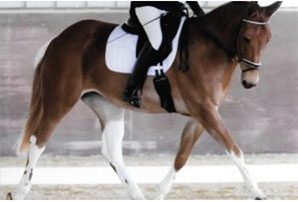
Help a Mule Make it to the US Dressage Final


Buckeye the Mule!

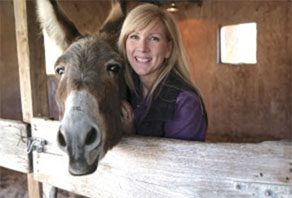
Flash of Wisdom: Rachel Anne Ridge

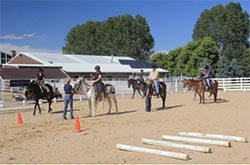
Steve Edwards on Insurance for the Livestock and Equine Owner
Longears Videos

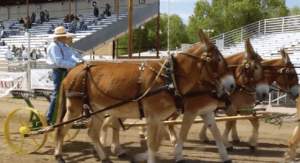
Longears Music Videos: As the Wheels Turn: Farm Class


Longears Music Videos: Jasper Takes Bishop

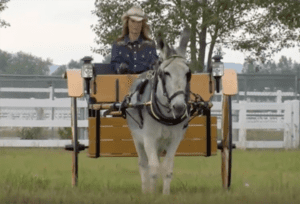
Longears Music Videos: Rollin’ Along: Donkey Carts
Lucky Three Ranch
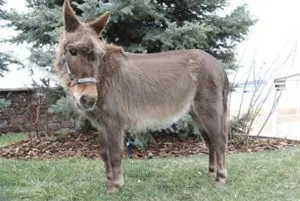
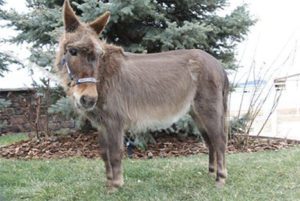
Equines of a Certain Age


Going for Gold
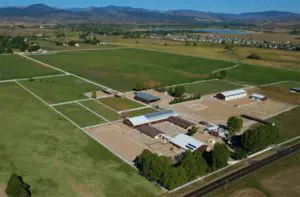
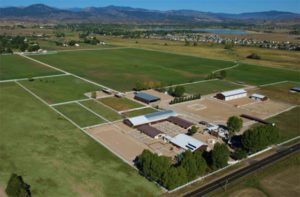
35 Years of Lucky Three Ranch


Lucky Three Ranch From Above
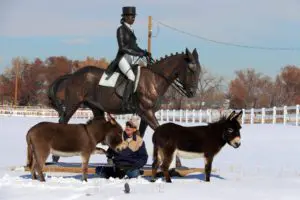
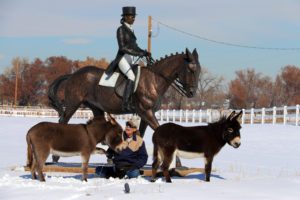
Another Augie and Spuds Adventure: SnowPlay 01-14-22
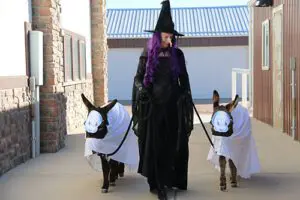
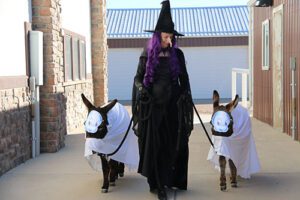
Another Augie and Spuds Adventure: A Spooky Adventure at Lucky Three Ranch 10-25-21
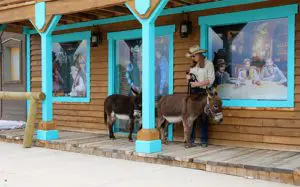
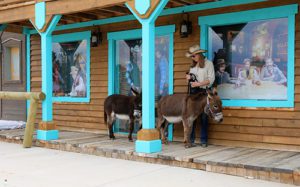
Another Augie and Spuds Adventure: A Visit To Asspen 7-4-21
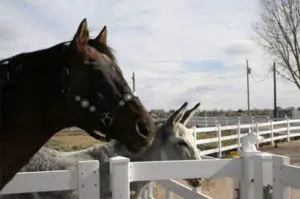
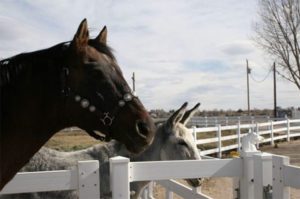
Lucky Three Ranch Profile: Teaser Stallion Kip Dee Beau
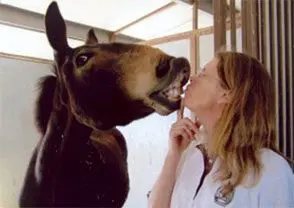
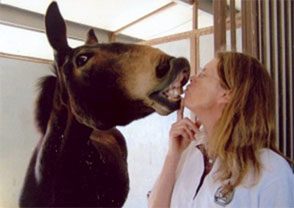
Cyclone’s Sarcoid Surgery

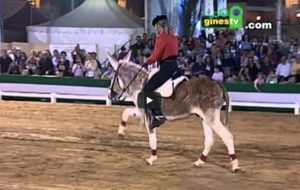
Little Jack Horner and “Caramelo” Critique
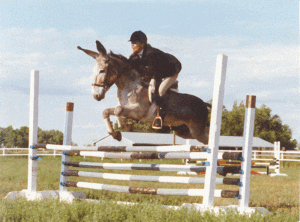

MULE CROSSING: Little Jack Horner

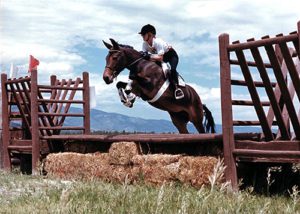
MULE CROSSING: Bea’s First Combined Training Event
Military Mules

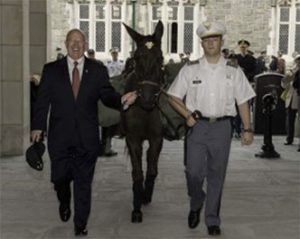
“Sir, Reporting to the Mule in the Red Sash!”

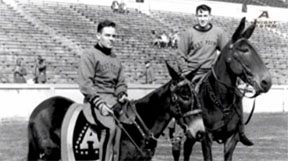
Mules at West Point
Mule Talk! Podcasts




MULE TALK! PODCAST: Rock and Roll: Diary of a Rescue: Part 2



MULE TALK! PODCAST: Rock and Roll: Diary of a Rescue, Part 1



MULE TALK! PODCAST: Suitability of Mules and Donkeys for Children



MULE TALK! PODCAST: Conduct and Good Sportsmanship




MULE TALK! PODCAST: Mule Conformation
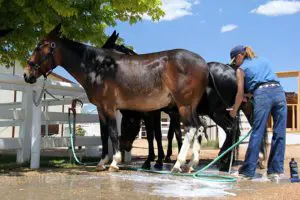

MULE TALK! PODCAST: The Benefit of Organizational Skills
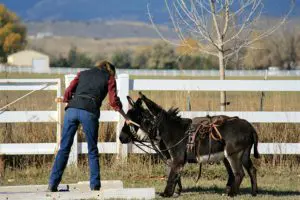

MULE TALK! PODCAST: Getting Down with Minis, Part 2


MULE TALK! PODCAST: Getting Down with Minis, Part 1


MULE TALK! PODCAST: Maintenance & Grooming with Mules & Donkeys
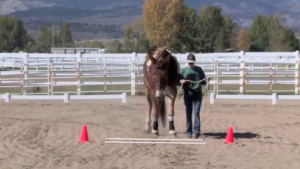

MULE TALK! PODCAST: A Bit About Communication
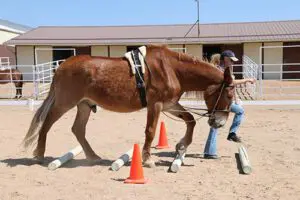

MULE TALK! PODCAST: Benefits of Postural Core Strength Training


MULE TALK! PODCAST: Good Basic Training Includes Common Sense
Pack Burro Racing

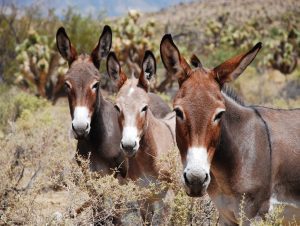
An Ode to Days Past, Colorado Burro Racing in Full Swing

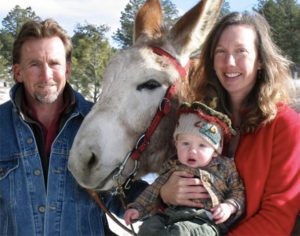
Hal Walter: Pack Burro Racer, Father and Author
Showing

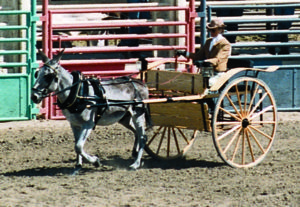
MULE CROSSING: Driving Activities

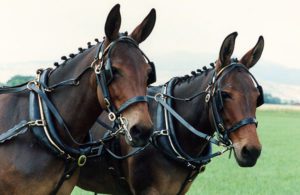
MULE CROSSING: Showing in Harness

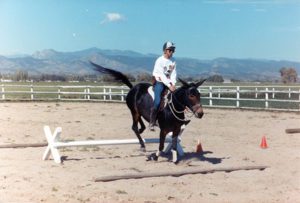
MULE CROSSING: Jumping Mules

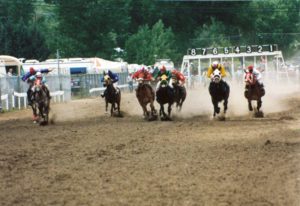
MULE CROSSING: Racing Mules

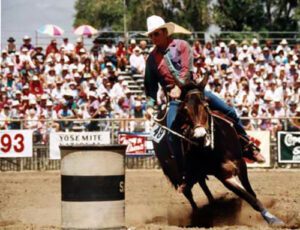
MULE CROSSING: Surge of Mule Shows
Statues & Exhibits

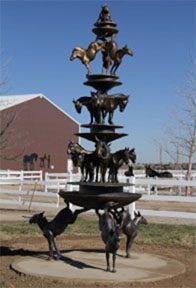
Dreaming of Friends

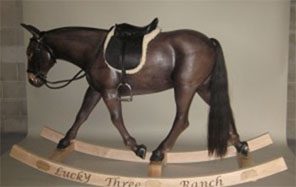
John Henry: Rocking Mule
Training



MULE CROSSING: Introduction to Behavior Modification, Part 2




MULE CROSSING: Mule Conformation



MULE CROSSING: Rock and Roll: Diary of a Rescue, Part 1



MULE CROSSING: Rock and Roll: Diary of a Rescue: Part 2
Training Tips


LTR Training Tip #118: Reinsmanship







